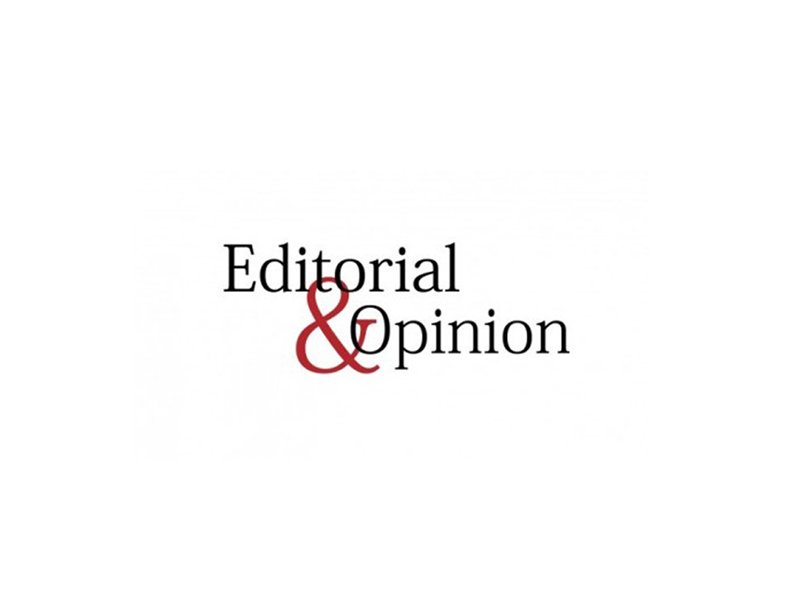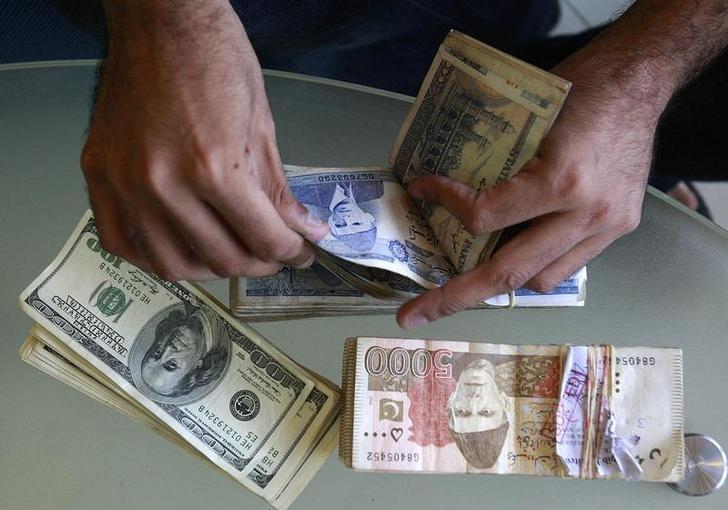
Representing smaller sub-national groups, ethno-linguistic political outfits traditionally played a very significant role in the politics of Pakistan. They may not have been able to launch a big political movement against dictatorship or the incumbent centralist political governments or could win a landslide in their respective provinces, but they have been important catalysts in political movements. In the recent history of Pakistan, the most important ethno-linguistic political outfit has been the Muttahida Qaumi Movement (MQM), claiming to be representative of the Urdu-speaking migrant community from India to Pakistan. The MQM emerged in early 1980s. In distant history the most significant such political group was the National Awami Party (NAP) formed in 1957. The NAP had been an umbrella organisation of ethno-linguistic groups from the so-called smaller provinces — Khyber-Pakhtunkhwa (K-P), Balochistan and Sindh, and also included some Punjabi politicians. The NAP emerged to resist the move to make the then West Pakistan (today’s territorial Pakistan) into one unit (a province).
Another very important ethno-linguistic party of Pakistan has been the Awami League formed in the late 1950s to safeguard the rights of Bengalis in the federation of Pakistan. Later, the Awami League under former student leader Sheikh Mujibur Rahman successfully struggled for the creation of Bangladesh.
Since the 1970s, Pakhtun, Baloch and Sindhi ethno-linguistic groups, admiringly calling themselves ‘nationalist’ parties, have splintered into many outfits with the dissolution of the NAP. Contemporary political science scholarship recognises ‘nationalist’ parties as only those struggling for a separate state. Post-1988 different groups have sided with various countrywide parties like the Pakistan People’s Party (PPP) and with Nawaz Sharif’s Pakistan Muslim League (PML-N) to remain in power at the central and provincial levels. For instance, the Awami National Party has remained in power four times since the late 1980s, two times apiece as a coalition partner in the government of the PPP and the PML-N led by Prime Minister Nawaz Sharif. On the other hand, the MQM remained in power continuously in the PPP and PML-N governments.

In rural Sindh with the exception of the Awami Tehreek of Ayaz Palijo, no other Sindhi ethno-linguistic political party could be of relevance today. This is largely due to the fact that the PPP, which has remained an important national party of Pakistan for decades, has become a Sindhi nationalist party in orientation. Therefore, the PPP could not win any worthwhile parliamentary seats from Punjab, K-P and Balochistan in the 2013 elections.
In Balochistan, besides the Balochistan National Party-Mengal, no other ethno-linguistic party is relevant today. Another ethno-linguistic party, the National Party, led by Hasil Bizenjo was able to make his man Dr Abdul Malik Baloch the chief minister of Balochistan, as a result of a political deal with the PML-N but the ethno-linguistic credentials of the party are quite questionable. Similar is the case of Pakhtunkhwa Milli Awami Party of Mehmood Khan Achakzai, which has its thin political constituency among Pakhtuns of Balochistan. The party has also joined hands with Prime Minister Nawaz Sharif, as a result of which a large number of Achakzai family members are in power with elder brother Muhammad Khan Achakzai serving as the governor of Balochistan.
It is quite noteworthy that ethno-linguistic groups by joining forces with the PPP and the PML-N have cared little for the very ideology and rights of the constituency to which they appeal. Rather the families and individuals controlling these groups have used the opportunity to remain in power and enjoy its perks and privileges, as well as build their economic fortunes by resorting to either corrupt or illegitimate practices. The main reason has been that as political parties they could not survive because they had needed large finances to operate the political organisation. These political groups could not develop the organisational base through which they could raise finances by appealing to the members of their respective political constituency. Therefore, the easy way out has been to join the party in power to get a share in power, and through it economic fortune. In this episode the leadership of ethno-linguistic groups also wanted self-aggrandisement for which the opportunities in power have been aplenty. It must also be mentioned that most of the ethno-linguistic parties from Pakistan have either been following a Marxist-Leninist or Maoist line of thinking and in the heyday of the Soviet Union the latter funded all these parties handsomely.
Published in The Express Tribune, July 28th, 2017.
Like Opinion & Editorial on Facebook, follow @ETOpEd on Twitter to receive all updates on all our daily pieces.

































































COMMENTS (3)
Comments are moderated and generally will be posted if they are on-topic and not abusive.
For more information, please see our Comments FAQ